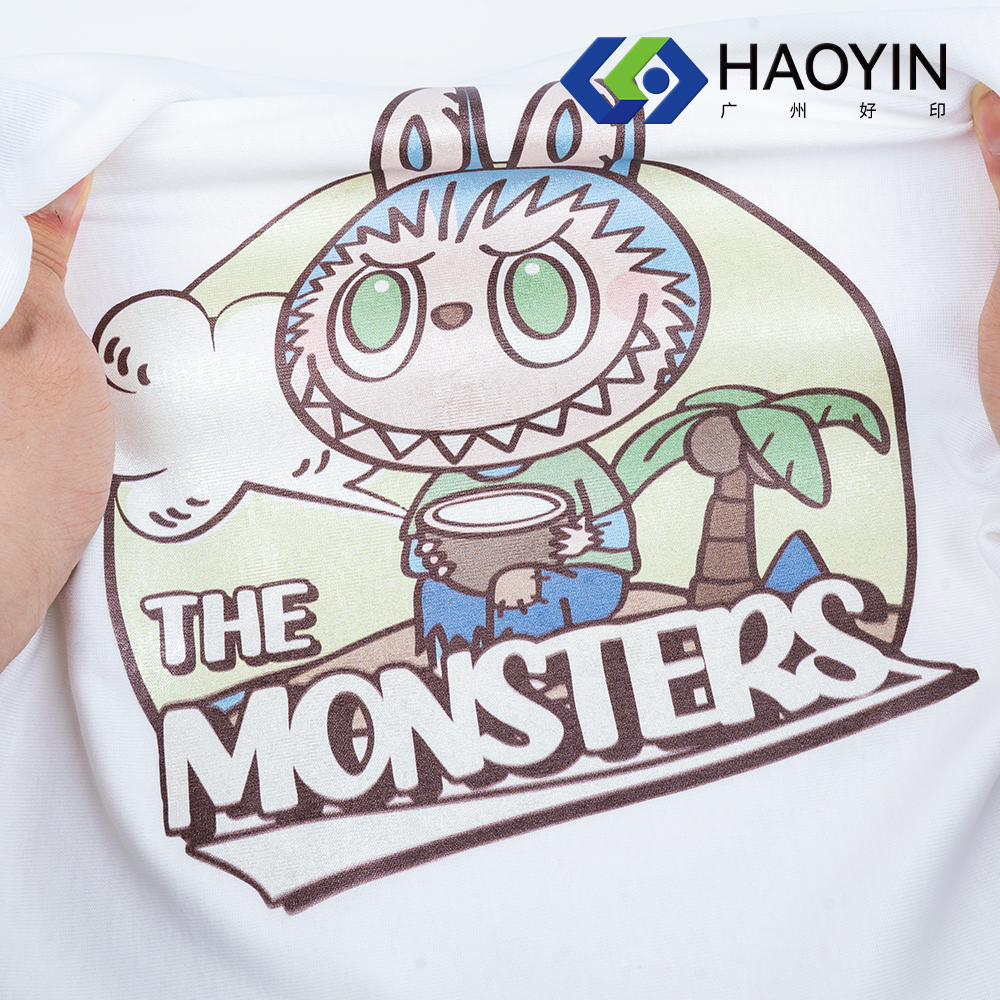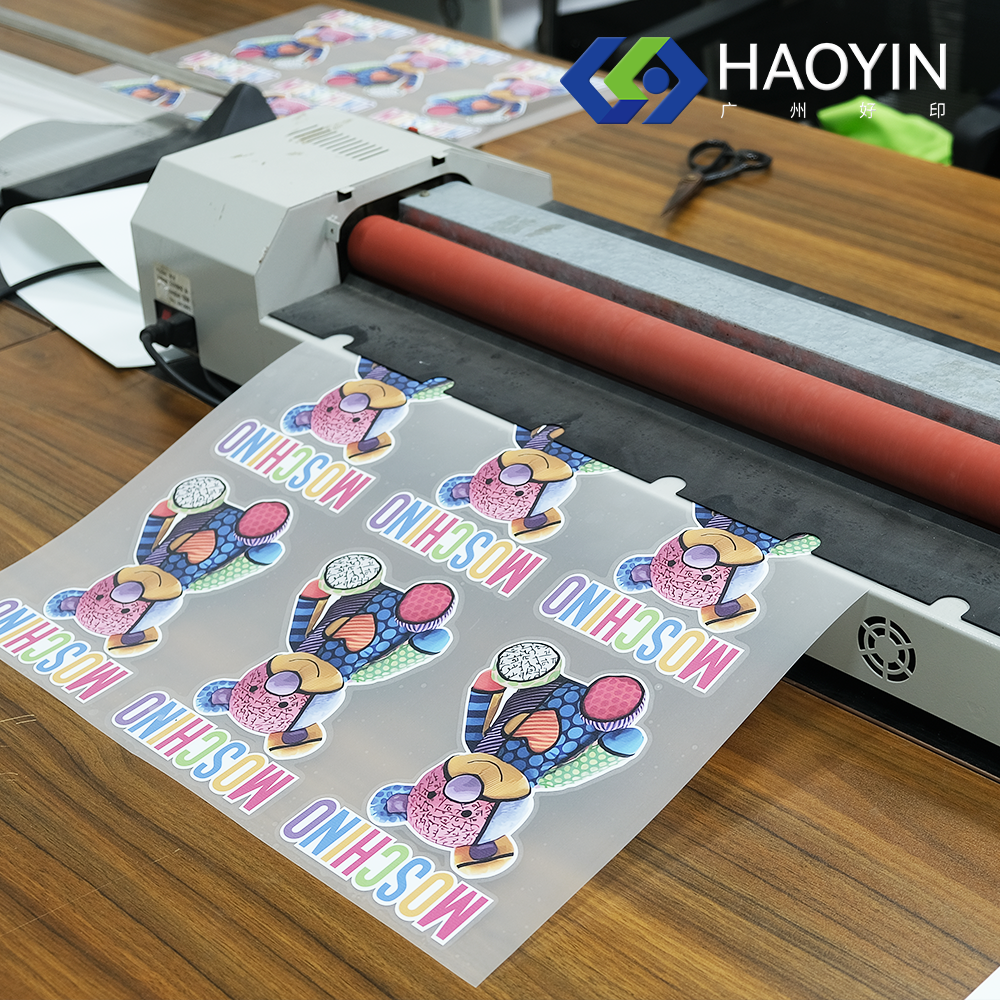Understanding the Evolution of Heat Transfer Vinyl Technology
The landscape of custom apparel and signage production has undergone a remarkable transformation with the emergence of 3D printable thick HTV. This innovative material represents a significant leap forward in heat transfer vinyl technology, offering unprecedented versatility and dimensional capabilities that traditional vinyl applications simply cannot match. As businesses and creative professionals seek more sophisticated solutions for their design needs, this advanced material has become increasingly central to modern customization processes.
Technical Specifications and Material Properties
Composition and Structure
3D printable thick HTV consists of specially formulated polymers designed to maintain dimensional stability while offering superior adhesion properties. The material typically ranges from 200 to 400 microns in thickness, providing excellent coverage and durability. Its unique composition allows for precise temperature control during the application process, ensuring consistent results across various substrate materials.
Performance Characteristics
The enhanced thickness of this specialized HTV material contributes to its exceptional durability and wash resistance. When properly applied, it can withstand numerous washing cycles without showing signs of cracking or peeling. The material's structure also allows for improved color retention and resistance to environmental factors, making it ideal for both indoor and outdoor applications.

Applications Across Industries
Apparel Manufacturing
In the fashion and sportswear sectors, 3D printable thick HTV has revolutionized custom garment production. The material's ability to create raised designs and textured elements has opened new possibilities for brand differentiation and premium product offerings. Athletic wear manufacturers particularly benefit from the material's durability and moisture-wicking compatibility, ensuring designs remain intact even under intense usage conditions.
Signage and Display Solutions
The signage industry has embraced 3D printable thick HTV for its ability to create eye-catching dimensional effects. From retail displays to corporate branding elements, the material's thickness provides visual impact while maintaining professional aesthetics. The enhanced durability makes it particularly suitable for high-traffic areas where traditional vinyl might suffer wear and tear.
Implementation and Production Processes
Equipment Requirements
Successful application of 3D printable thick HTV requires specific equipment calibration and setup. Heat presses must be capable of maintaining consistent temperature and pressure across the entire application surface. Modern digital cutting systems should be configured to handle the material's unique properties, ensuring clean cuts and minimal waste during production.
Workflow Optimization
Establishing efficient workflows is crucial when working with 3D printable thick HTV. This includes proper material storage, design preparation, and application techniques. Temperature and pressure settings must be carefully monitored and adjusted based on the specific substrate and design requirements. Professional operators should maintain detailed records of successful parameters for consistent results.
Cost Analysis and ROI Considerations
Initial Investment Requirements
While 3D printable thick HTV may require a higher initial investment compared to standard materials, the long-term benefits often justify the cost. Equipment upgrades and operator training represent important considerations in the total investment calculation. However, the material's superior performance and reduced waste can lead to significant cost savings over time.
Long-term Financial Benefits
The durability and quality of 3D printable thick HTV often translate to fewer customer returns and warranty claims. Additionally, the material's versatility allows businesses to expand their service offerings and target premium market segments. These factors contribute to improved profit margins and stronger customer relationships.
Future Developments and Industry Trends
Technological Advancements
Research and development in 3D printable thick HTV continues to yield improvements in material properties and application methods. Manufacturers are exploring new formulations that offer enhanced flexibility and even shorter curing times. Integration with digital workflows and automation systems represents another area of ongoing innovation.
Market Evolution
The market for 3D printable thick HTV is expected to grow significantly as more businesses recognize its advantages. Environmental considerations are driving development of eco-friendly variants, while consumer demand for customization continues to create new opportunities for material applications.
Frequently Asked Questions
How does 3D printable thick HTV differ from standard HTV?
3D printable thick HTV offers greater dimensional stability, enhanced durability, and superior texture capabilities compared to standard HTV. Its specialized formulation allows for raised designs and better wash resistance, making it ideal for premium applications.
What types of substrates work best with 3D printable thick HTV?
This material performs exceptionally well on cotton, polyester, poly-cotton blends, and various synthetic fabrics. It can also be applied to certain rigid surfaces for signage applications, provided proper temperature and pressure settings are maintained.
What is the typical lifespan of designs created with 3D printable thick HTV?
When properly applied and maintained, designs created with 3D printable thick HTV can last for 50+ wash cycles in apparel applications. For signage, the material can maintain its appearance and integrity for several years, even in outdoor conditions.



